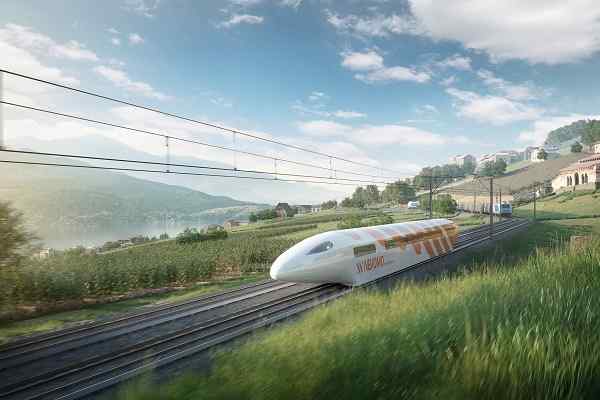SATEBA acquires Rail Business of De Bonte Group in Belgium
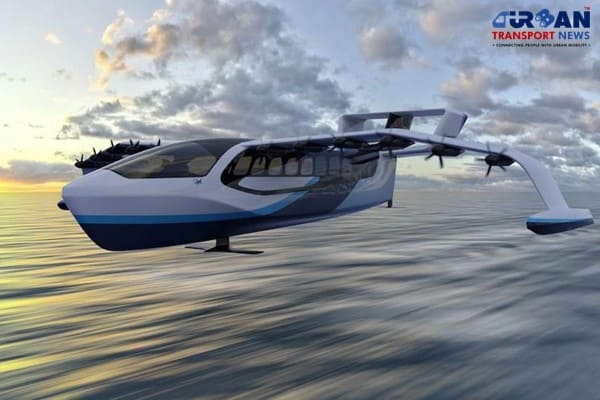 Regent to launch High-Speed Seagliders to transform coastal transportation in UAE
Regent to launch High-Speed Seagliders to transform coastal transportation in UAE California commences construction on $12bn Los Angeles - Vegas High Speed Rail Project
California commences construction on $12bn Los Angeles - Vegas High Speed Rail Project Kochi Water Metro floats tender to procure 15 more electric-hybrid ferries
Kochi Water Metro floats tender to procure 15 more electric-hybrid ferries Siemens Mobility-Hassan Allam Construction JV Sign Contract for UAE – Oman Railway Link
Siemens Mobility-Hassan Allam Construction JV Sign Contract for UAE – Oman Railway Link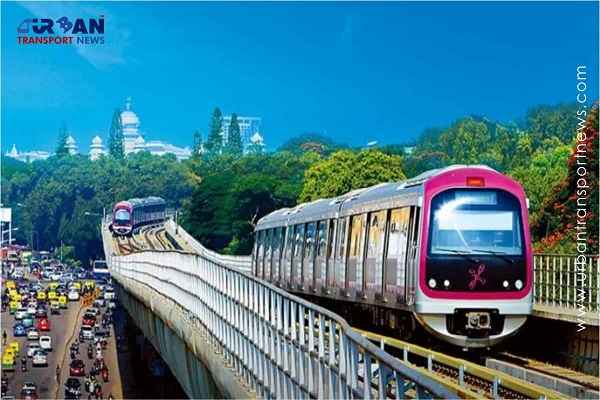 What is better public transport option for Bengaluru - RRTS or Metro Expansion?
What is better public transport option for Bengaluru - RRTS or Metro Expansion?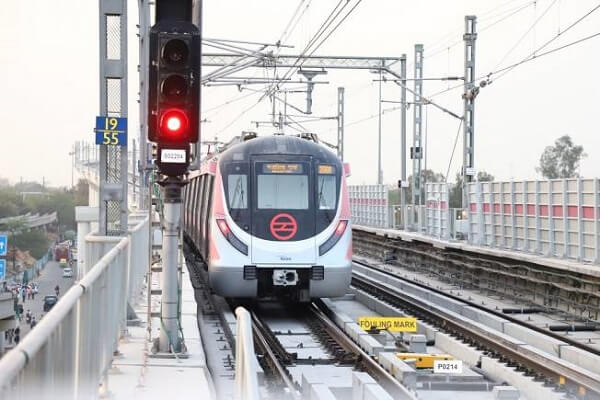 Behind Closed Doors: Corruption Uncovered in Delhi Metro's Top Management
Behind Closed Doors: Corruption Uncovered in Delhi Metro's Top Management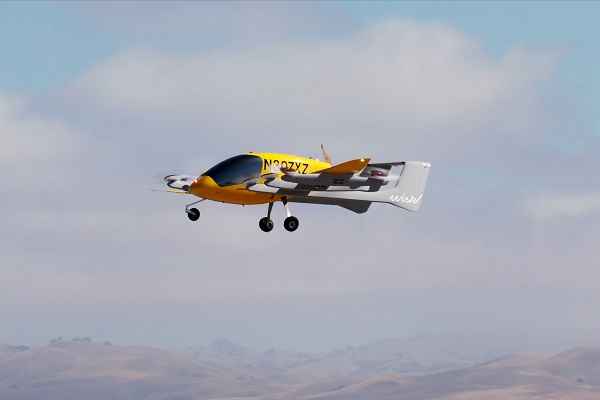 IndiGo to launch Urban Electric Air Taxis between Delhi to Gurugram
IndiGo to launch Urban Electric Air Taxis between Delhi to Gurugram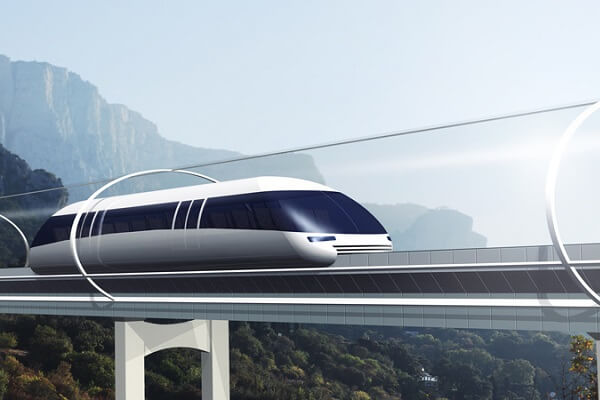 Swisspod secures Strategic Investment to advance the Hyperloop Transportation
Swisspod secures Strategic Investment to advance the Hyperloop Transportation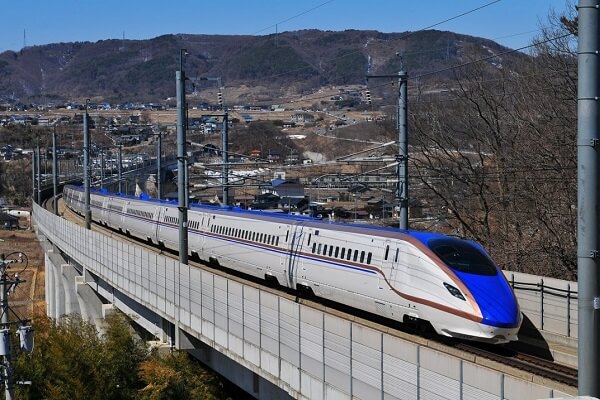 Siemens Mobility revolutionizes Copenhagen's S-bane Network with Driverless Technology
Siemens Mobility revolutionizes Copenhagen's S-bane Network with Driverless Technology
How Artificial Intelligence and IoT are reshaping Public Transportation in India
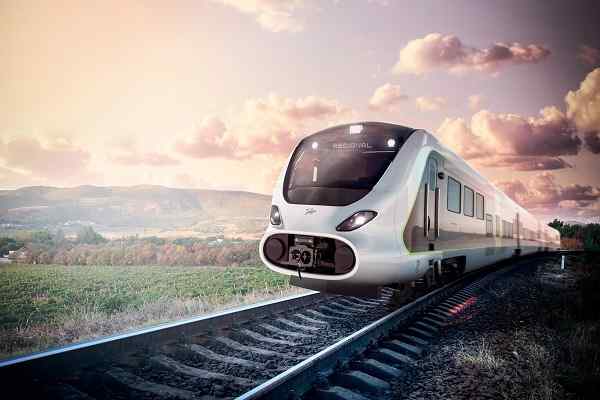
Transportation serves as the lifeblood of our economy, a system keeping it vibrant and alive. In our dynamic era, where Artificial Intelligence (AI) and the Internet of Things (IoT) underpin nearly everything, these technologies are reshaping public transportation. More than mere tools for efficiency, AI and IoT are transformative agents, altering the commuter experience and operational landscape. According to Allied Market Research, the IoT in transportation market size is projected to reach $495.57 billion by 2030.
The Foundation of Possibilities
We are living in a world where imagining life without transportation is akin to picturing everything coming to a standstill. AI and IoT in public transportation have ushered in a new era of possibilities, not just enhancing efficiency but revolutionizing the way we commute.
Enhancing Commuter Experience
AI and IoT applications extend beyond operational efficiency, focusing on enriching the overall commuter experience. From predictive maintenance to real-time updates, these technologies empower commuters with information, making their journeys hassle-free and predictable. Imagine knowing precisely when your bus will arrive or receiving alerts about service disruptions in real-time – this is what AI and IoT promise, enhancing the primary role of transit.
Predictive Maintenance for Fleet Optimization
In fleet management, AI algorithms analyze vast datasets to predict maintenance needs accurately. This minimizes downtime and contributes to optimal fleet utilization, critical for the sustainability of public transit services. Predictive maintenance ensures vehicles are on the road when needed, enhancing service reliability and minimizing disruptions.
Real-Time Monitoring and Management
IoT sensors in vehicles enable real-time monitoring, providing valuable insights for better management decisions. Tracking bus locations, monitoring traffic conditions, and collecting data on passenger loads lead to improved service reliability and efficiency. Transit authorities can dynamically respond to changing conditions, enhancing overall operational efficiency.
Smart Traffic Management
The integration of AI and IoT enables intelligent traffic management systems. Adaptive signal controls, based on real-time traffic patterns, optimize signal timings, reducing congestion and ensuring a seamless flow of traffic. This enhances the efficiency of public transit and contributes to a smoother overall traffic experience.
Data-Driven Decision-Making
AI and IoT generate a treasure trove of data for informed decision-making. From route optimization to resource allocation, data-driven insights empower authorities to make strategic choices benefiting commuters and the environment. Informed decisions based on real-time data result in more effective and sustainable public transit systems.
Personalized Services with AI
AI applications personalize services based on commuter preferences and behavior. From suggesting alternative routes to predicting crowded times, these services contribute to a more user-centric and comfortable transit experience. Commuters are active participants in a system designed to cater to their individual needs.
Safety and Security Measures
AI-driven surveillance systems, coupled with IoT devices, enhance safety measures in public transportation. From detecting unusual activities to providing emergency response systems, these technologies contribute to creating safe and secure transit environments. Passengers can rest assured that their well-being is prioritized through advanced monitoring and response systems.
Environmental Sustainability
As we move toward a more sustainable future, AI and IoT play a pivotal role in optimizing transit operations for reduced environmental impact. From promoting eco-friendly modes of transport to optimizing energy consumption, these technologies align with the global push for greener urban transit. Public transportation becomes a driving force in environmental sustainability, promoting responsible and eco-friendly commuting practices.
A Paradigm Shift
In conclusion, the fusion of AI and IoT is not just a technological advancement in public transportation; it is a paradigm shift. It is about creating a connected, efficient, and user-centric transit ecosystem that aligns with the changing requirements of urban commuters. The integration of AI and IoT in public transportation has opened up a plethora of avenues that are transforming the realm of public transportation, making things hassle-free and more convenient for people. With this integration, we move towards a future where innovation and connectivity drive a more sustainable and enjoyable commuting experience for all.





